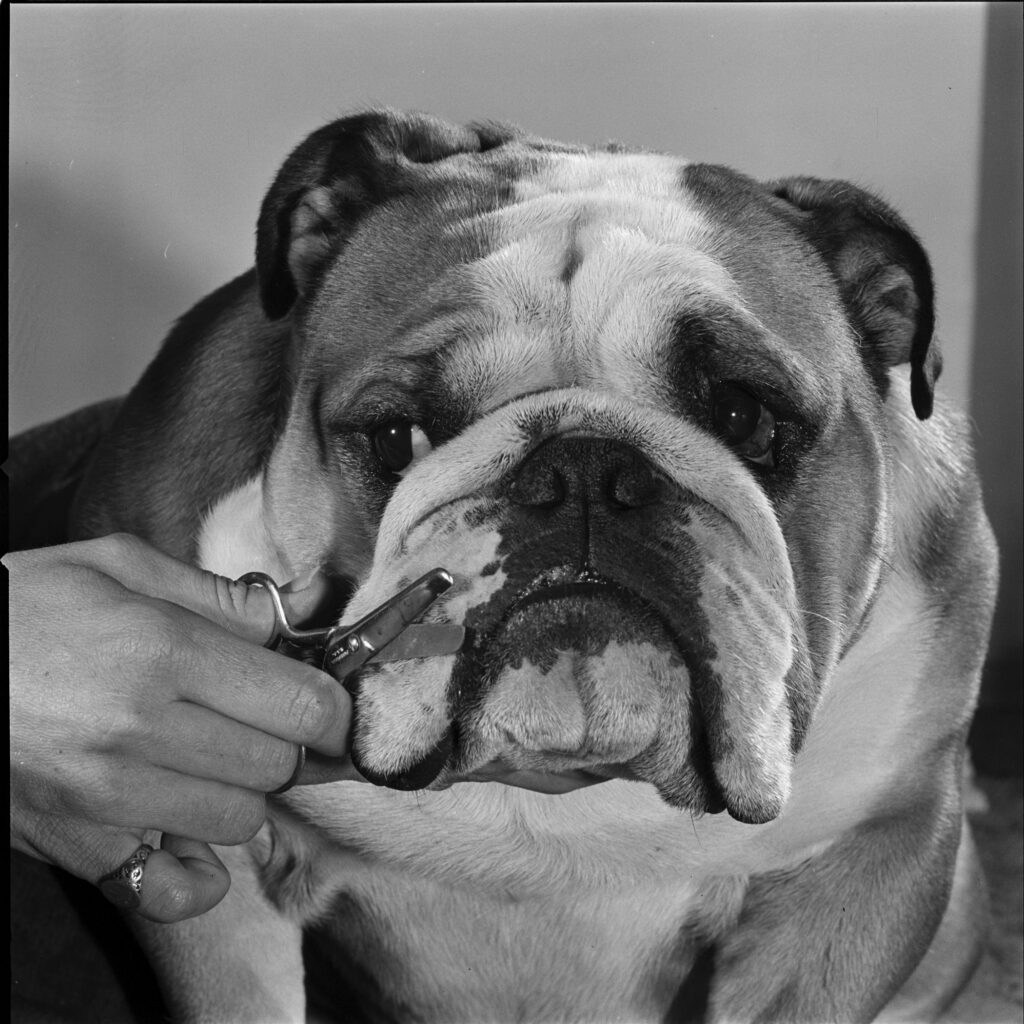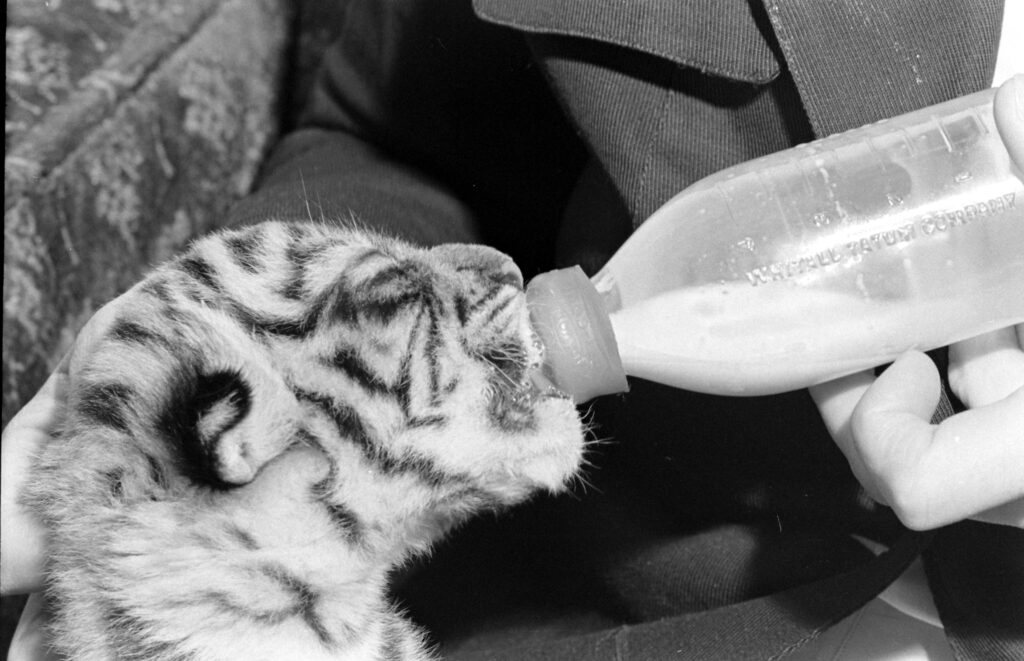They say you can’t beat mother nature, but every now and then people give it a shot. Every now and then it works—rivers are rerouted, new crops are introduced. So in 1963, Maine figured it would try to get its caribou back.
Caribou were once plentiful in pine tree state, during the early years of the United States, but then because of hunting and disease destroyed the population around the turn of the century.
But in 1963, Maine attempted to restore its population, by working out a trade with Newfoundland. They swung a wildlife swap. Maine sent Canada 320 grouse, and Newfoundland agreed to hand over 24 caribou. These weren’t just any 24 caribou, either. Six were males, but eighteen of group were pregnant females. With all those young ones on the way, the LIFE story about this plan sounded a hopeful note: “Maine hopes its herd will be multiplied come spring.”
The process took some effort.

Caribou being prepared for their journey.
Photo by Fritz Goro.

Caribou being flown to Maine.
Photo by Fritz Goro.

The Caribou were brought to Mount Katahdin in Maine’s Baxter State Park.
Photo by Fritz Goro.

In Maine but before being released into the wild, the caribou attracted the curious.
Photo by Fritz Goro.

The caribou were penned before released so they could be tagged and given penicillin shots.
Photo by Fritz Goro.
Did all these effort succeed? Not really. A recent report on Maine’s state website looked back on the 1963 effort, and Matthew LaRoche, Superintendent of the Allagash Wilderness Waterway, wrote of the caribou of the class of ’63: “They dispersed after three or four years and were never seen again.” Maine again tried to bring in caribou from Newfoundland in 1993, but failed once more. The second time around the caribou—a dozen of them were this time—were fitted with radio collars, which means that the defeat was a little more detailed: “They all died or migrated out of the area.”
Caribou didn’t last in Maine, experts believe, because their habitat changed. Old growth forests had been cut down and replaced with new growth forests, and the younger trees didn’t produce the kind of lichen that are a staple of the caribou diet. Also, the whitetail deer population had increased, and those deer which carry a brainworm that doesn’t affect deer but is deadly to moose or caribou. While it is speculated that a caribou replenishment might have succeeded with a bigger initial herd—maybe closer to 100—that’s a big and expensive project. So if caribou are to come back to Maine anytime soon, no one will be buying them a ticket.













